Last weekend, Sunday 27 October, the clocks went back on hour, so we are off British Summer Time (daylight saving time) in the UK now, and running on the hours of British winter. Allotment swings and roundabouts meant that we gained an hour of working time, but that the sun set quickly at 4.30pm, with the sky growing dark as I walked home from the plot at 5pm. Days are getting shorter.
(There are a *lot* of photos in this post, and it might not all fit on your email. Hitting the View Entire Message button at the end should sort this out, as will reading via the app or online versions of Substack.)
This week’s Plot Shot
The days may be shorter, but we still had blue sky and warm days to work in.
Looking up, the leaves on our fruit trees are still green. But on the ground, there are more and more yellow leaves as they are starting to fall. No frost yet.
Plot work in progress
Our target job for this week was to start planting this year’s bulbs. First up were new saffron crocus, Crocus sativus, which had already started to sprout in their bags.
We’ve kept the small raised bed under the cherry plum tree clear of weeds all year, waiting to plant saffron. We tried some several years ago, but they were swamped by couch grass and gave up. The bulbs won’t have to compete with anything else here, and will hopefully spread and fill the bed over time. I’ll expect one risotto’s worth in 2026 perhaps.
More progress, while the sun shone, on clearing the new asparagus bed. Rougly half the 12ft by 4ft raised bed is now clear of logs and prunings, down to the bare soil. I reckon one more session with the loppers and the small battery chain saw and it will be time to dig.
This should be a good permanent bed for asparagus. It has been dormant for several years, used as our place to store deliveries of manure and compost, which have kept the soil covered over and helped stop weeds from growing. There’s some persistent couch grass at the edges and the odd bramble to dig out, a nest of bitey brown ants to evict but nothing terrible.
Harvesting now
Harvested this week were a handful of small birds’ eye type chillis, red and hot.
Our chilli harvest has been disappointingly poor this year, just the odd fruit from straggly plants. Our summer greenhouse is usually full of chillis, leaves pungent with capsaicin on hot days, but not this year. These few will go into soups, stews and curries over the next few weeks. Probably about a small supermarket packet1.
Making and eating
Elsewhere on the plot I was hoping to harvest this year’s crop of medlars, which is the best crop we’ve had for several years, but the fruit are still bullet-hard and need a first frost to start to soften and ‘blet’, but they are much bigger than last year’s and the tree is full of fruit. The chillis might be poor, but the medlars are great. Swings and roundabouts again.
I didn’t know that medlar-watching was a seasonal sport on allotments, but this is a regular part of my year now. The last substantial crop we had was stolen just after the first frost of autumn. There’s clearly someone else on the site who knows about medlars, and was keeping an eye on our crop. Part of me is tempted to harvest them, and bring them indoors to slowly blet on a tray, but I’ve tried that before and they just shrivelled without softening. All being well, frost depending, these beauties are heading for a hot date in a preserving pan with some sprigs of rosemary, made into medlar jelly. Maybe on next week’s produce tally2.
E17 Local Heroes
Overnight temperatures in the greenhouse have dropped as low as five degrees Celsius, but everything inside is still growing. No casualties of the cold yet, and the chryanthemums are building up to a heroic firework display.
After their sprouting leaves being repeatedly eaten by slugs in the spring, I’m surprised that these plants are flowering so well. I topped up their pots with new compost, an encouragement of nutrients, to keep them going.
Green-flowered chrysanthemums - how bonkers is that? (Note to self: get the really mad shaggy green one for next year.)
As I’m writing this, I just noticed that theres’ a tiny baby slug in this photo, which means more hunting next weekend. Will the 2024 slug onslaught never end…?
Community of Practice
We had a call from another allotment-grower last week, asking for tips on how to avoid carrot fly, as their carrot crop had been munched. Everyone on an allotment has their own toolbox of tricks to try to fool carrot flies (mine has been to not bother growing carrots!). The gang deliberated, and we decided that using old recycling bins probably worked best. Here are some from a neighbour’s plot.
A few years ago our local council upgraded its domestic recycling bins, and offered the hundreds of old ones to community groups. Our site took as many as we could and they are in use as improvised water butts, storage bins for leaf mould and propping up some shabby sheds. The more creative folk here have sawn some of them in half, and sunk the cut halves into the ground as surrounds to grow carrots in. It works - the flies must hit the outside of the bins like bugs on a car windscreen, and not get to the growing carrots inside.
I found another plot which had used the same cut-down brown bins, but planted blueberry (Vaccinium) bushes in them. At first I thought this must have been to stop the green parrakeets or magpies from eating the ripe berries, but then realised that the bins are a genius bit of allotment practice to contain ericaceous compost for plants needing acidic soil. Probably much better than our blueberries being in large horticultural pots, which need watering in hot weather and wrapping against frost in the winter.
Until next week, new visiting cub Bennie says a cautious hello.
Ang
Speciality hot chillis, currently 95p for 25g on Ocado.
Total for this week, Episode #12, £0.95, total to date since Episode #5, £171.21. Eight weeks’ produce, based on current supermarket or local farmers’ market prices.

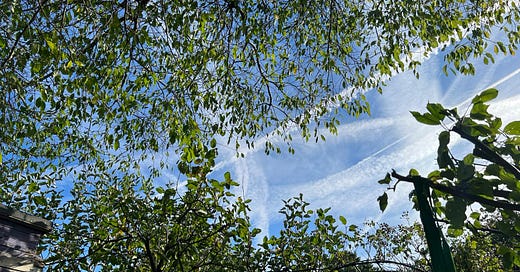



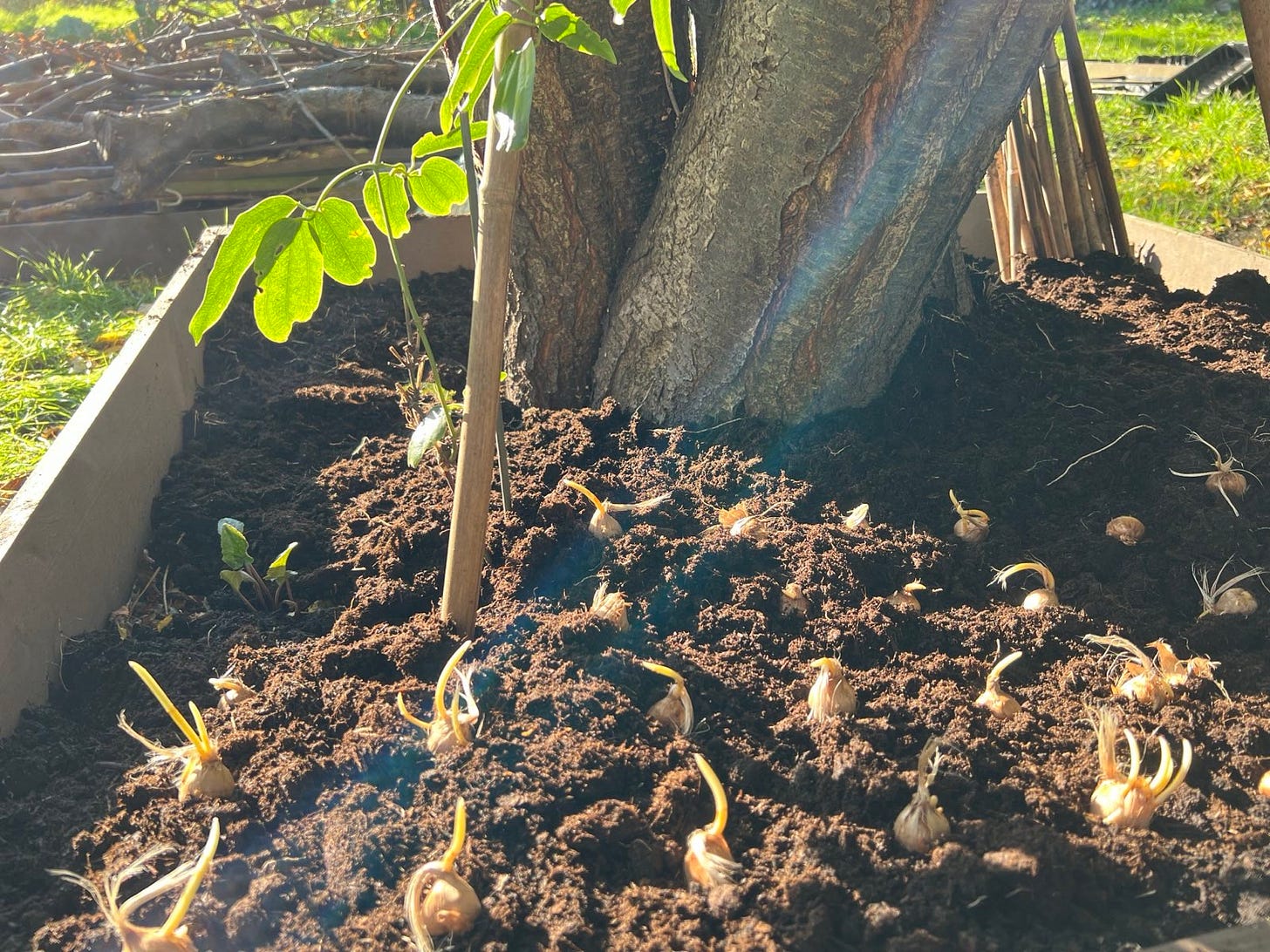
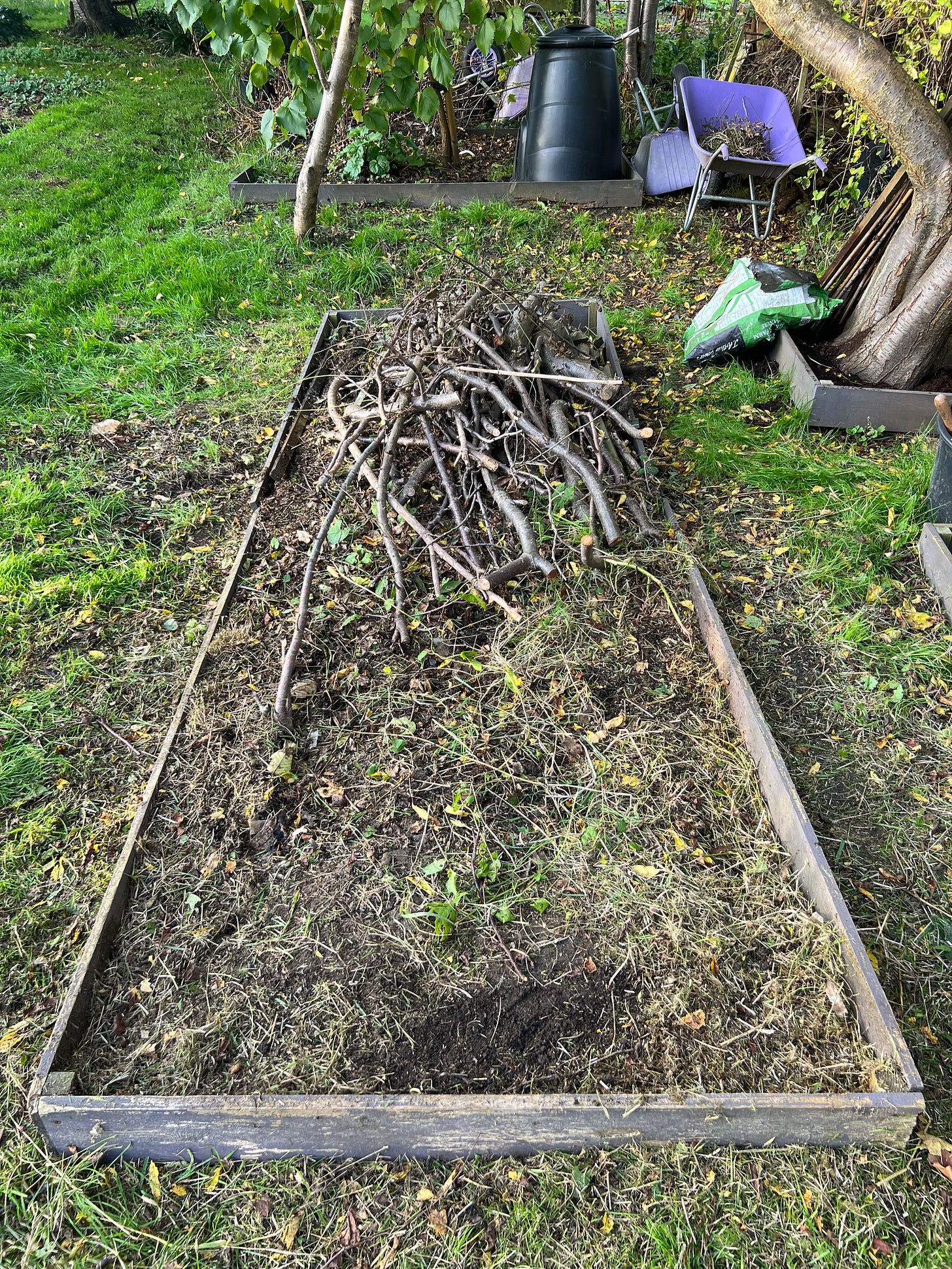
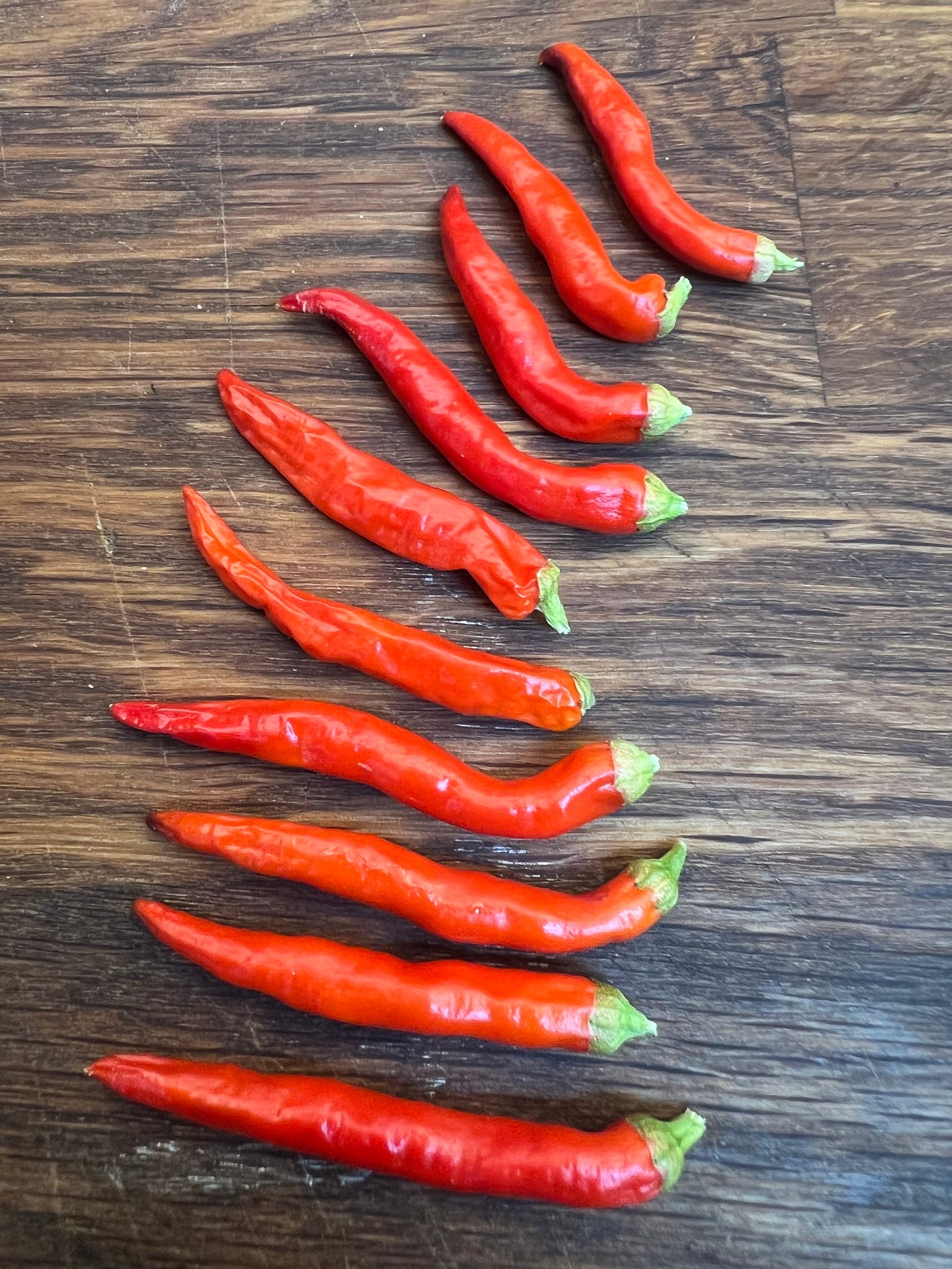

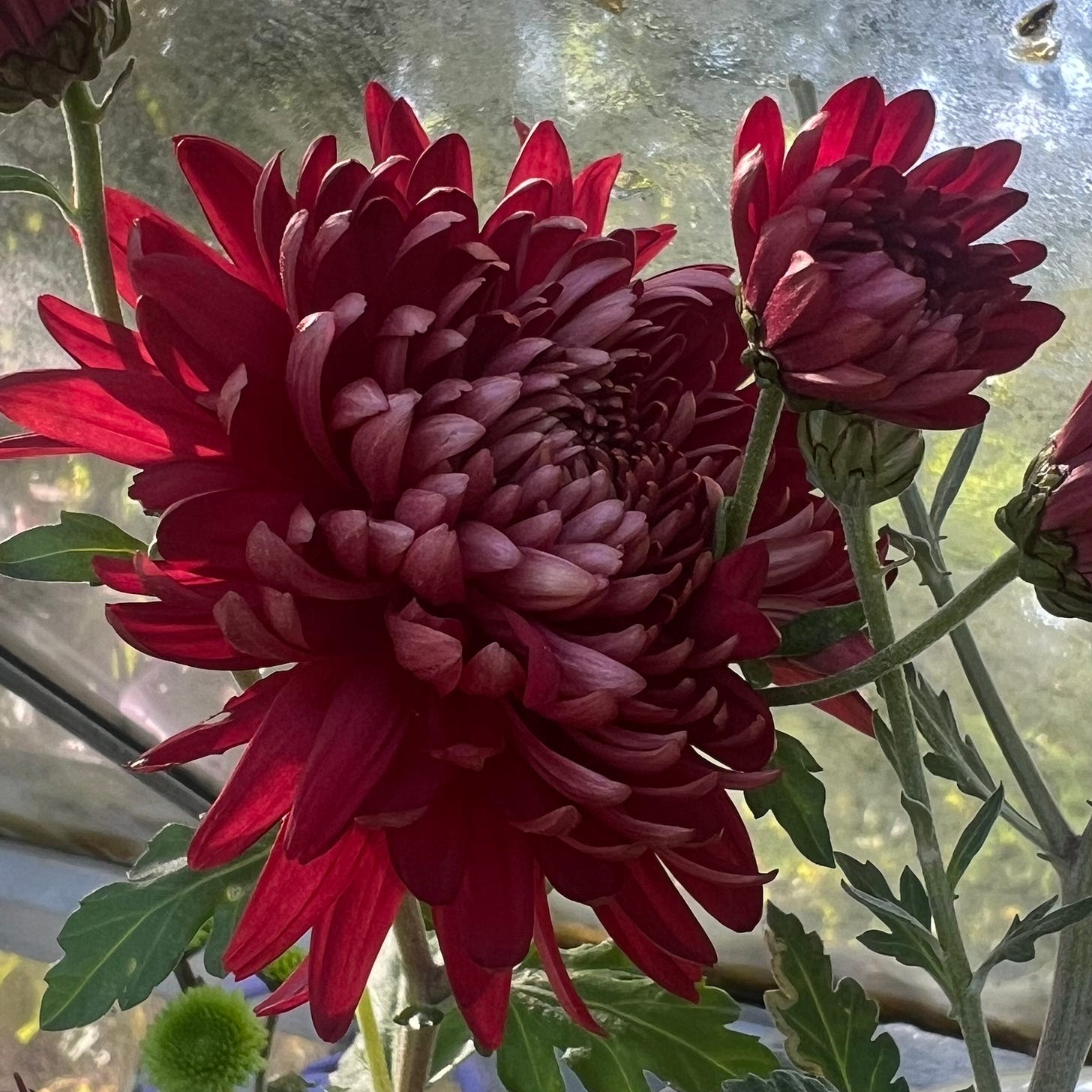
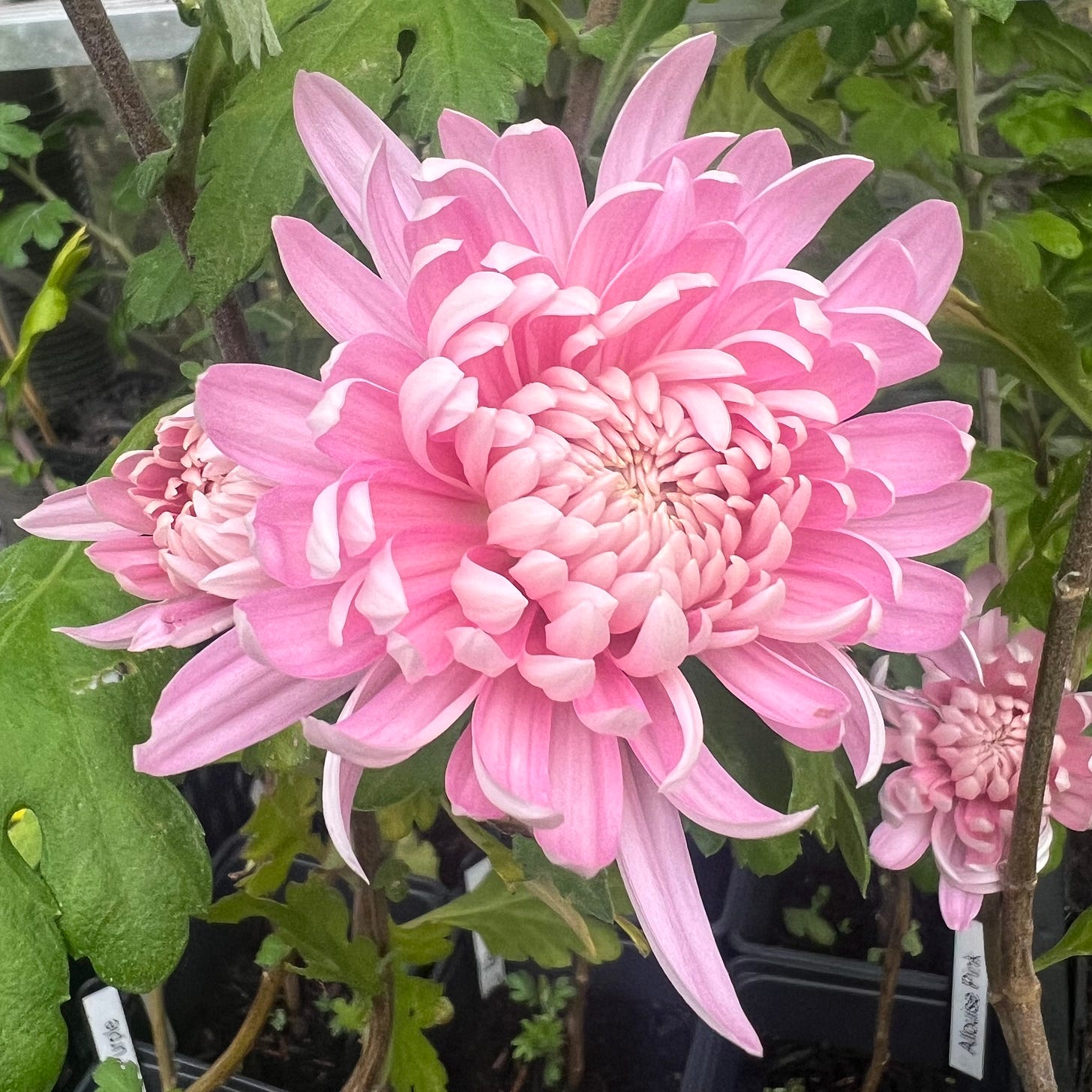
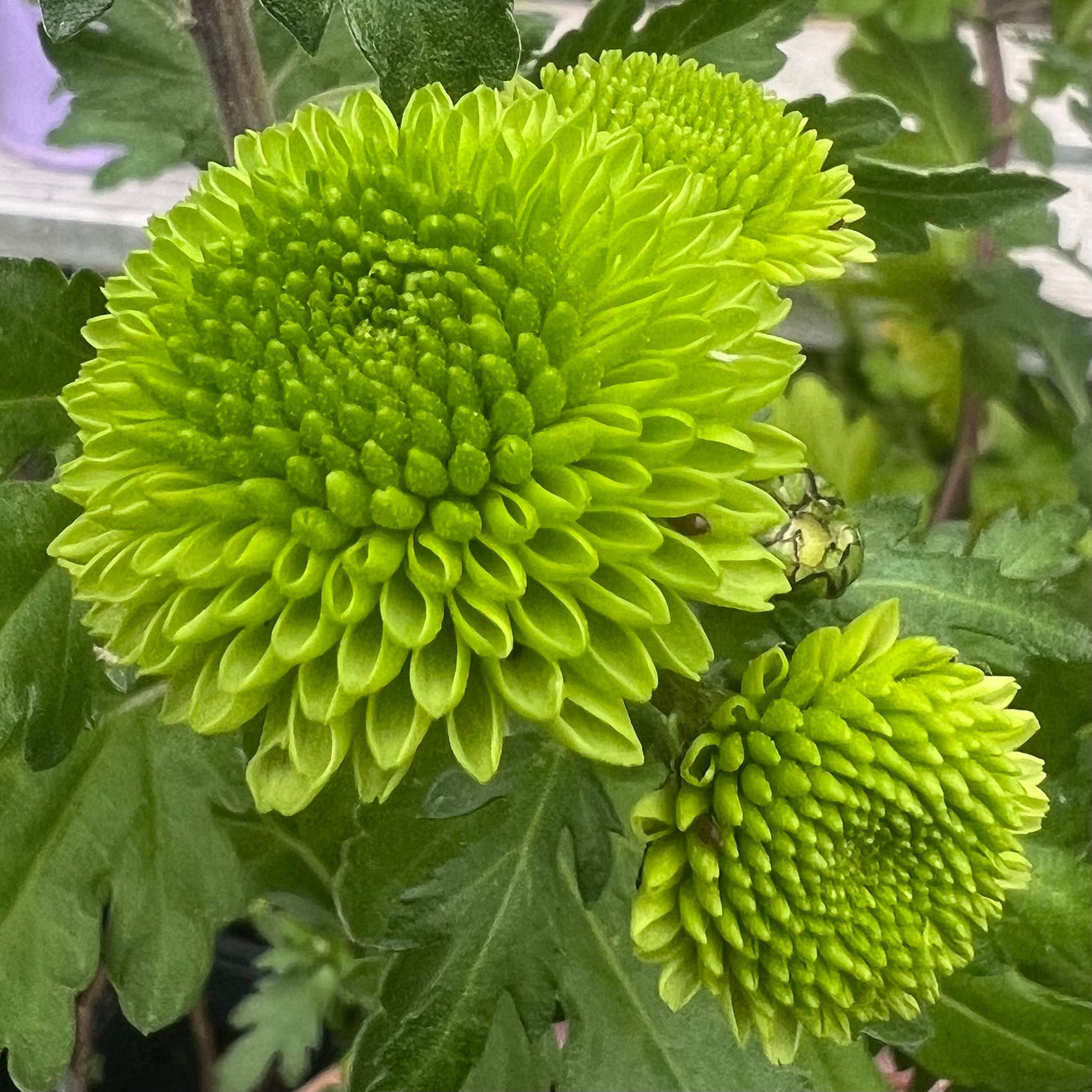
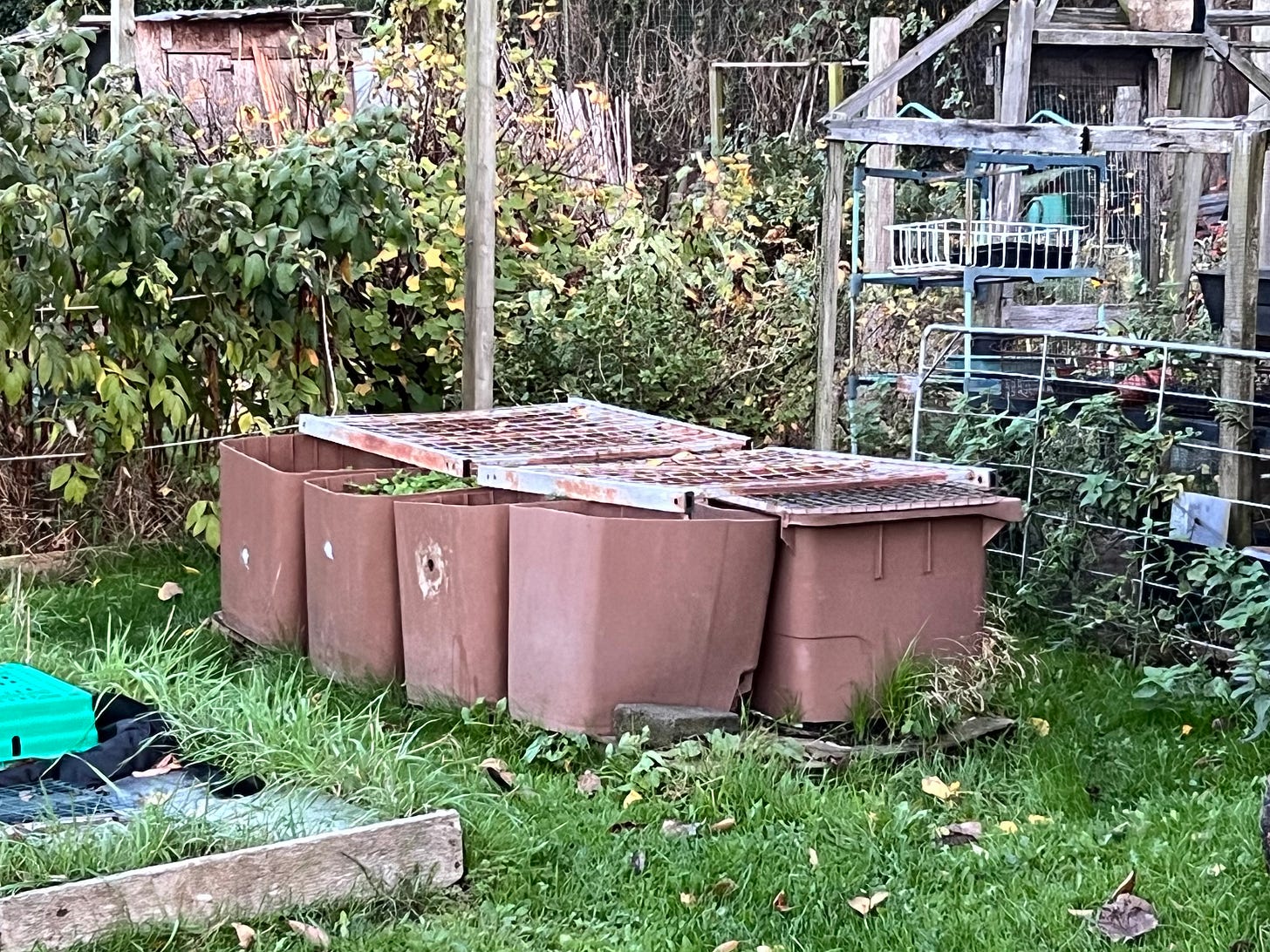
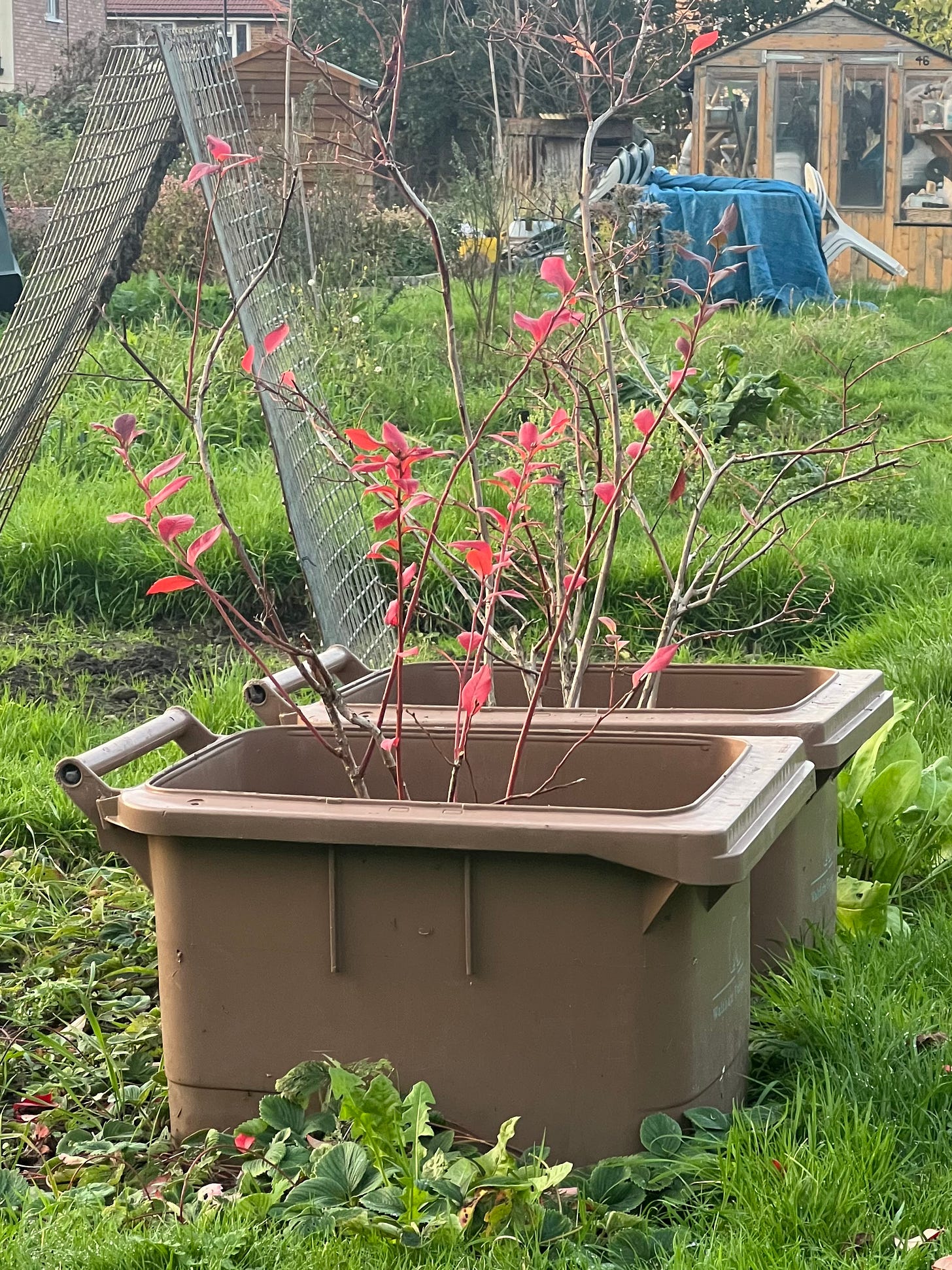

Ooooh saffron, and the chilies lock fab 🌶️🌶️❤️🔥